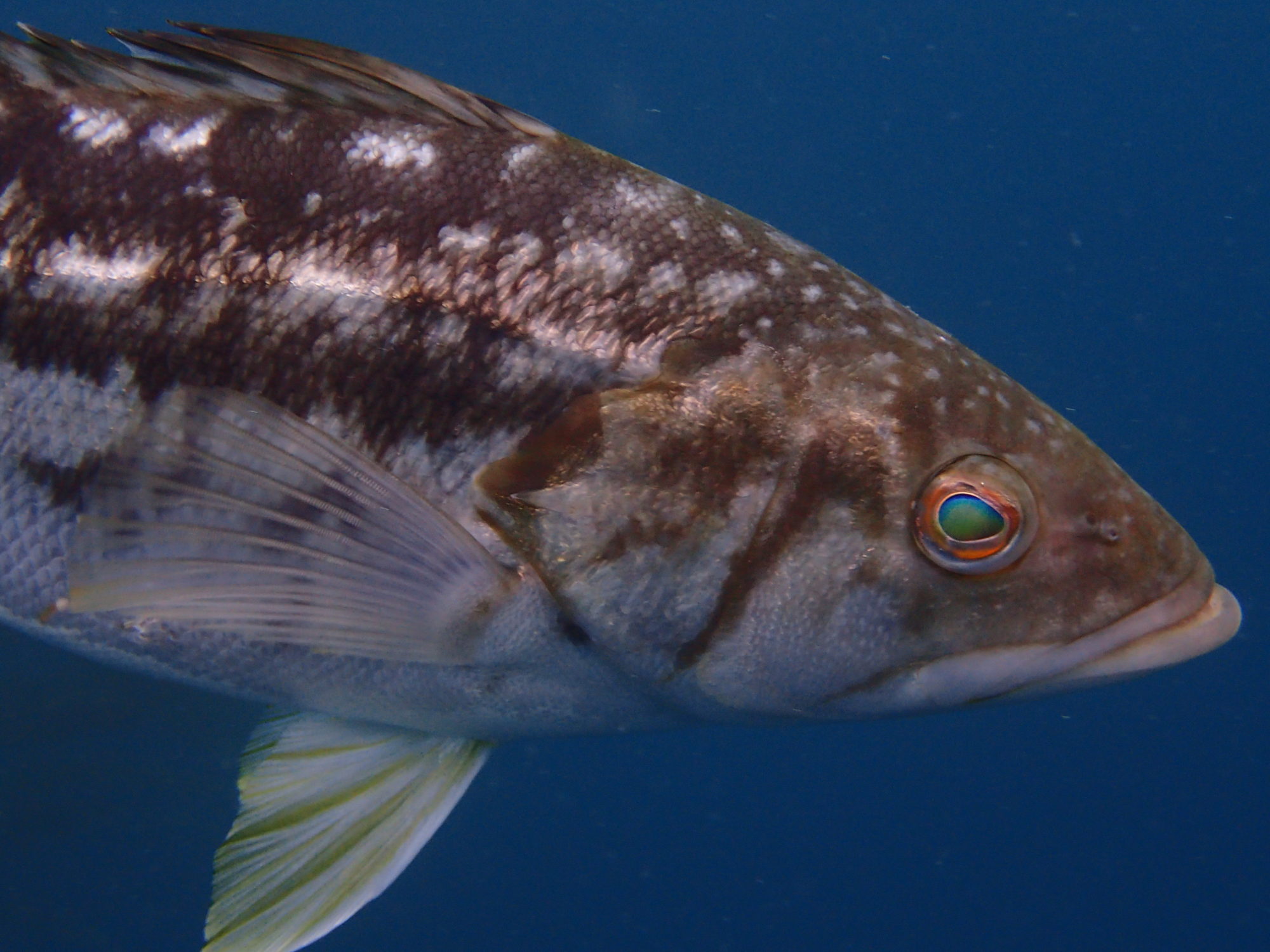DOWNLOAD OUR FULL STATEMENT OF QUALIFICATIONS
Miller Marine Science Full SOQ-2019
MARINE SCIENCE MONITORING
MMSC staff holds a wide range of experience capable of supporting project developers, owners, and operators in need of marine data collection, analysis, interpretation, and presenting. Ranging from fish, invertebrates, plankton, water quality, and sediments, MMSC staff can apply the most rigorous marine science standards to a project at a competitive cost. MMSC will deliver the results in readily understood materials including reports and presentations designed to deliver the technical science to the target audience at a readily digestible level.
WATER INTAKE SCIENCE AND PERMITTING
MMSC staff has established themselves as among the premier scientists working on the environmental issues surrounding the intake and outfall of water used for cooling or drinking water production. Over the years, MMSC has supported numerous clients with impingement and entrainment studies in compliance with their National Pollutant Discharge Elimination System (NPDES) permits or more complex special studies in support of US Clean Water Act Section 316(b) compliance. For 316(b) compliance, MMSC supported both thermal power plants, but also industrial operations that use water for cooling. This includes pilot testing cylindrical wedge wire screens; a promising technology regulators ask all water intake users to evaluate as a means to reduce entrainment and impingement of aquatic life resulting from water intake.
From these cooling water experiences, MMSC staff has become the premier biological consultant to the growing California seawater desalination industry. Infrequent collaboration with TWB Environmental Research and Consulting, MMSC is the only biological consultant with experience supporting clients through the complex permitting process under the new regulatory environment initiated with the 2015 adoption of the California Ocean Plan amendment regulating seawater desalination plant siting, constructing, and operation.
Relevant Demonstrated Experiences
– Trained ichthyoplankton taxonomist
– Marine fish ecology expert
– Experienced NPDES permit negotiator with a keen understanding of the ever-changing regulatory environment related to the issuance and compliance with an NPDES permit
– Expert in impingement and entrainment sampling program design
– Expert in impingement and entrainment data analysis following applicable regulations
– Expert in the application of Empirical Transport Model/Area of Production Foregone model as required by 2015 California Ocean Plan Amendment
o Including expert experience negotiating modifications to the models as proposed by California regulatory agencies during permitting
– Accomplished speaker skilled in communicating, and often translating, complex study components, results, and ramifications to non-expert audiences
UNITED STATES CLEAN WATER ACT SECTION 316(b)
Miller Marine Science & Consulting, Inc. has a unique vantage as a staff with extensive experience studying impingement and entrainment at once-through-cooled power plants regulated under Section 316(b), but no longer connected to any active projects. This makes Miller Marine Science & Consulting, Inc. uniquely qualified to conduct biology peer reviews for your 122.21(r) reports in compliance with 122.21(r)(13). See our detailed statement of qualifications for more information.
CALIFORNIA ENVIRONMENTAL QUALITY ACT
MMSC staff have supported the development of comprehensive and detailed documents in compliance with the California Environmental Quality Act (CEQA). We have contributed our specialized analytical skills and scientific acumen to compile, analyze, present and interpret complex data as Technical Reports directly supporting CEQA documents. These data products support both setting the environmental baseline and the impact analysis. Extending from these data analysis products, MMSC has contributed to the development of marine biology-focused sections in Initial Studies (IS), Environmental Impact Reports (EIR) and Mitigated Negative Declarations (MND).
Our wide array of clients included wastewater outfall operators, shipping tenants in major shipping ports, power plant owners and operators, and seawater desalination plant operators. In addition to CEQA document support, MMSC has helped clients overcome other permitting necessities in the marine environment. These include preparing Essential Fish Habitat (EFH) assessments and marine life monitoring plans associated with any construction activities in the marine environment.
We have advanced clients’ projects by preparing and securing Coastal Development Permits (CDP) from the California Coastal Commission, Clean Water Act (CWA) Section 401 Water Quality Certification applications, CWA Section 404 dredge and fill permits through the United States Army Corps of Engineers, and Low-Energy Geophysical Survey permits through the State Lands Commission.
MARINE WILDLIFE CONTINGENCY PLANNING AND MONITORING
MMSC staff have prepared multiple marine wildlife contingency plans for clients conducting work in the marine environment. These plans designate the roles and responsibilities of construction staff and wildlife observers to ensure the project is completed safely with no impact on marine wildlife such as marine mammals and sea turtles. MMSC staff are experienced wildlife observers capable of executing the marine wildlife contingency plans.
SPECIAL STUDIES
Frequently, owners and operators of commercial infrastructure interacting with the marine environment require assistance to answer novel or highly unexpected questions. Sometimes, these questions come from internal sources. Other times, they are posed by a regulatory agency. When the difficult, odd, unique or otherwise out-of-the-ordinary question arises, MMSC is ready, willing and able to help find the answer.
Prior Special Studies Include:
– Testing narrow-slot, cylindrical, wedge wire screens for operation on a brackish estuary to confirm operational parameters and reliability.
– Estimate the volume of marine algae potentially impinged upon a water intake screen face that could impact water withdrawal rates
– Evaluate the use of a curtain wall to reduce the intake of aquatic life at large water intake structures.


